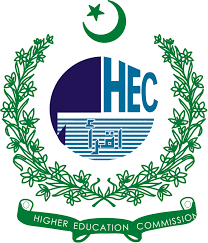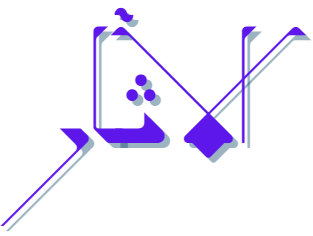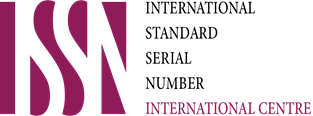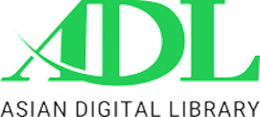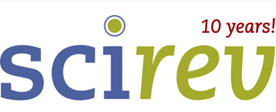کتبِ تسعہ کی روشنی میں تعلیمی مقاصد کا تعین اور مؤثر تدریس کی حکمت عملی
IDENTIFICATION OF EDUCATIONAL OBJECTIVES AND EFFECTIVE TEACHING STRATEGIES IN THE LIGHT OF KUTUB AL-TIS‘AH
Abstract
Education and teaching form the backbone of every civilized and intellectual society. History shows that nations prioritizing education achieved intellectual, moral, and cultural excellence. Education is not merely the transfer of information, but a transformative process that shapes character, enlightens thought, and reforms society.In Islam, education is considered an act of worship. The life of the Prophet Muhammad (peace be upon him) is a perfect model of comprehensive education and training. His mission emphasized teaching wisdom, knowledge, and spiritual purification. His teaching methods were thoughtful, considering the learners’ capacity, environment, and psychology, imparting knowledge with wisdom and compassion.The Ahadith, particularly those compiled in the Kutub al-Tis‘ah (The Nine Books of Hadith), serve as detailed records of his teachings. These collections not only outline educational principles and methods but also emphasize moral training and social reform. Scholars have long regarded these texts as essential for understanding Islamic education.Today, education is often reduced to technical skill-building and economic gain, neglecting intellectual and spiritual development. Therefore, it is crucial to revisit Islamic sources and realign our educational goals accordingly. This paper seeks to explore the educational insights within the Kutub al-Tis‘ah and propose strategies rooted in Islamic tradition for holistic learning and societal reform.
